
As we start to write this blog it is early May and long distance RV travel is still not an easy thing to do. Many RV parks are closed and most of those that are open are not accepting new arrivals. We have found several parks that are open and will accept new arrivals if they are full time RVers like us. We are going to continue moving up in elevation in northern Arizona and southern Utah to manage the summer heat of the desert southwest, while staying in smaller towns that have few to no Covid-19 cases. Our plan is to top out at 6800 ft in Torrey, UT near Capitol Reef National Park in August then meander back to Mesa, AZ for winter.
The next stop on our virus-modified travel plan was Camp Verde, AZ. About 30 miles south of Sedona, it is about 1000 feet higher and 10 degrees cooler than Mesa. When we arrived many of the world famous hikes and all of the shops of Sedona were closed, which was expected. Also, Grand Canyon National Park, not too far away, was closed with no indication of when it might re-open. Joe found some less famous hikes that were open to enjoy and the scenery is still fantastic!

Watson Lake is located in Prescott, AZ and is a suburban reservoir formed in a granite dells area surrounded by a county park. It is a small but beautiful lake. Joe visited the lake for sunrise. Later both Joe and Jane stopped by to enjoy the lake. We wanted to kayak there, but the weather was too hot and/or windy for the rest of our stay.
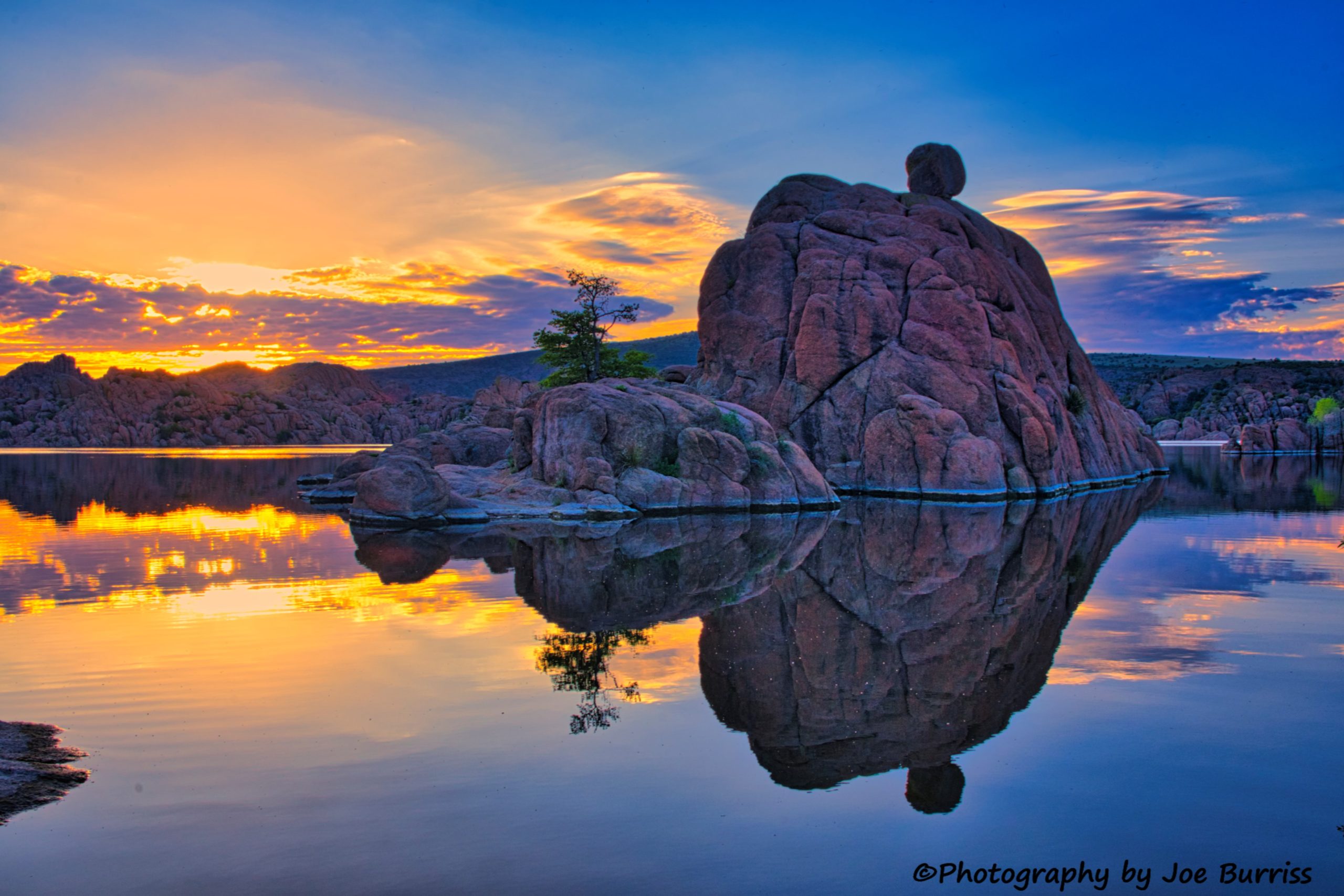
Sedona is famous for red-rock buttes, steep canyon walls, and pine forests. It also is a mecca for people who want to experience the energy vortexes located throughout the area. A vortex is a place in nature where the earth is exceptionally alive with energy. The term Vortex in Sedona refers to a place where the earth energy swirls and draws to its center everything that surrounds it like a tornado. There are four main vortex locations in Sedona: Airport Mesa, Bell Rock, Cathedral Rock, and Boynton Canyon. These vortexes have led to a proliferation of New Age shops, spas, art galleries and a very laid back lifestyle. While we enjoyed the buttes and canyons, we unfortunately never really felt the energy vortexes despite going to the airport mesa to experience it. ¯\_(ツ)_/¯
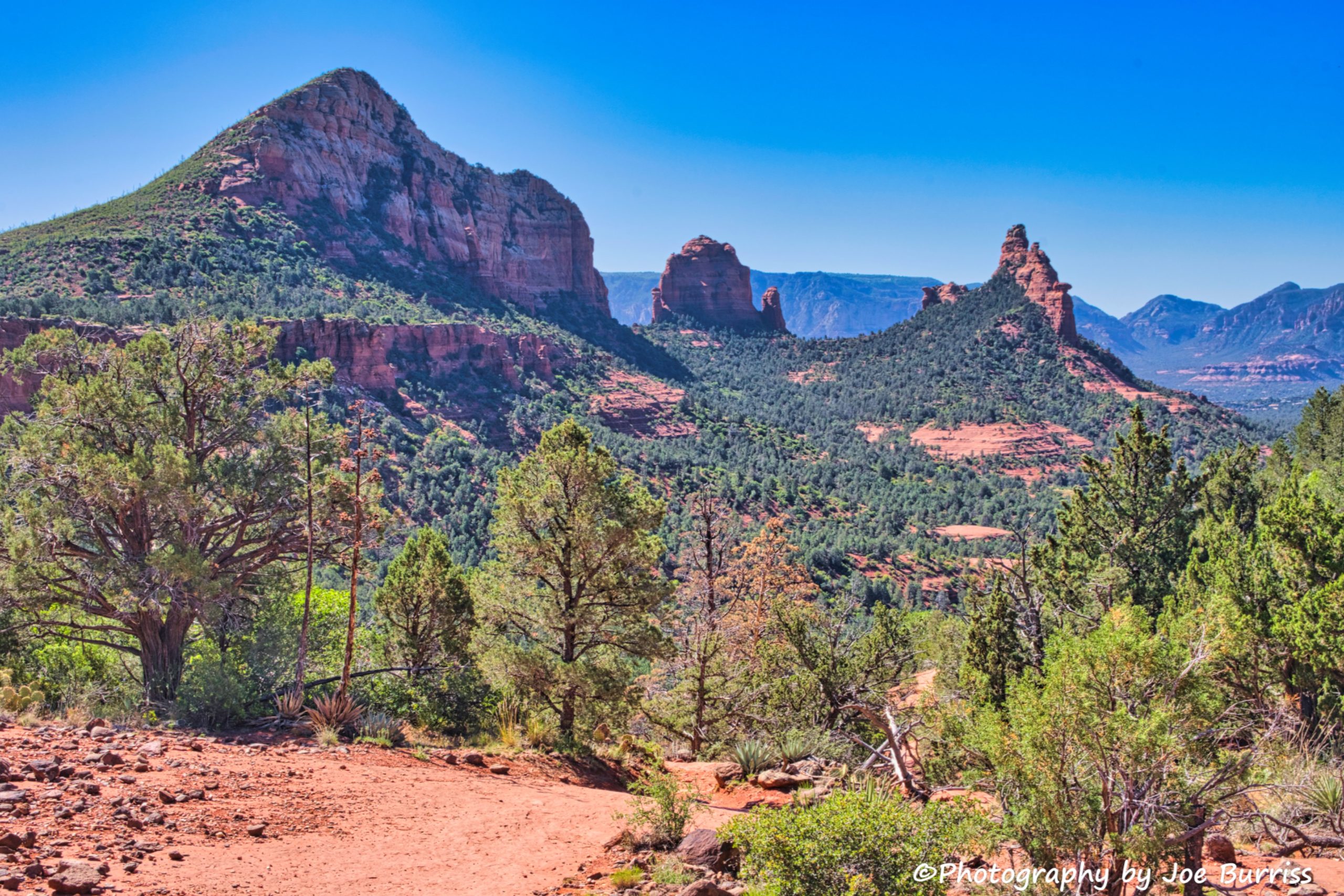
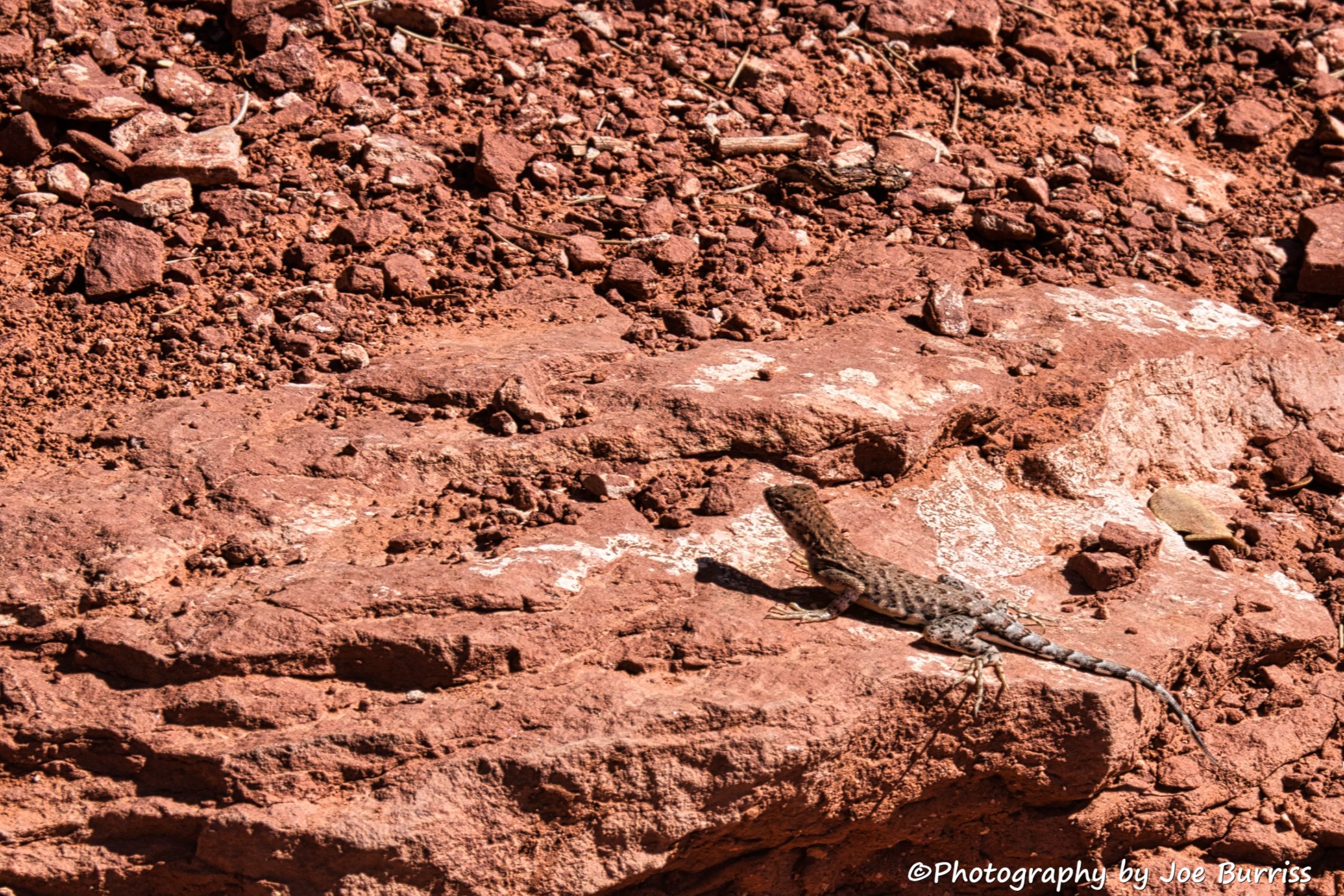
Hiking, biking, and jeep rides are very popular in Sedona. There are multi-use trails all over the area. The app Joe most often uses to find hiking trails identified 240 within about 30 miles of Sedona. Many of these trails allow biking and horse back riding in addition to hiking. There is also a large network of unmaintained national forest roads for off road vehicles.
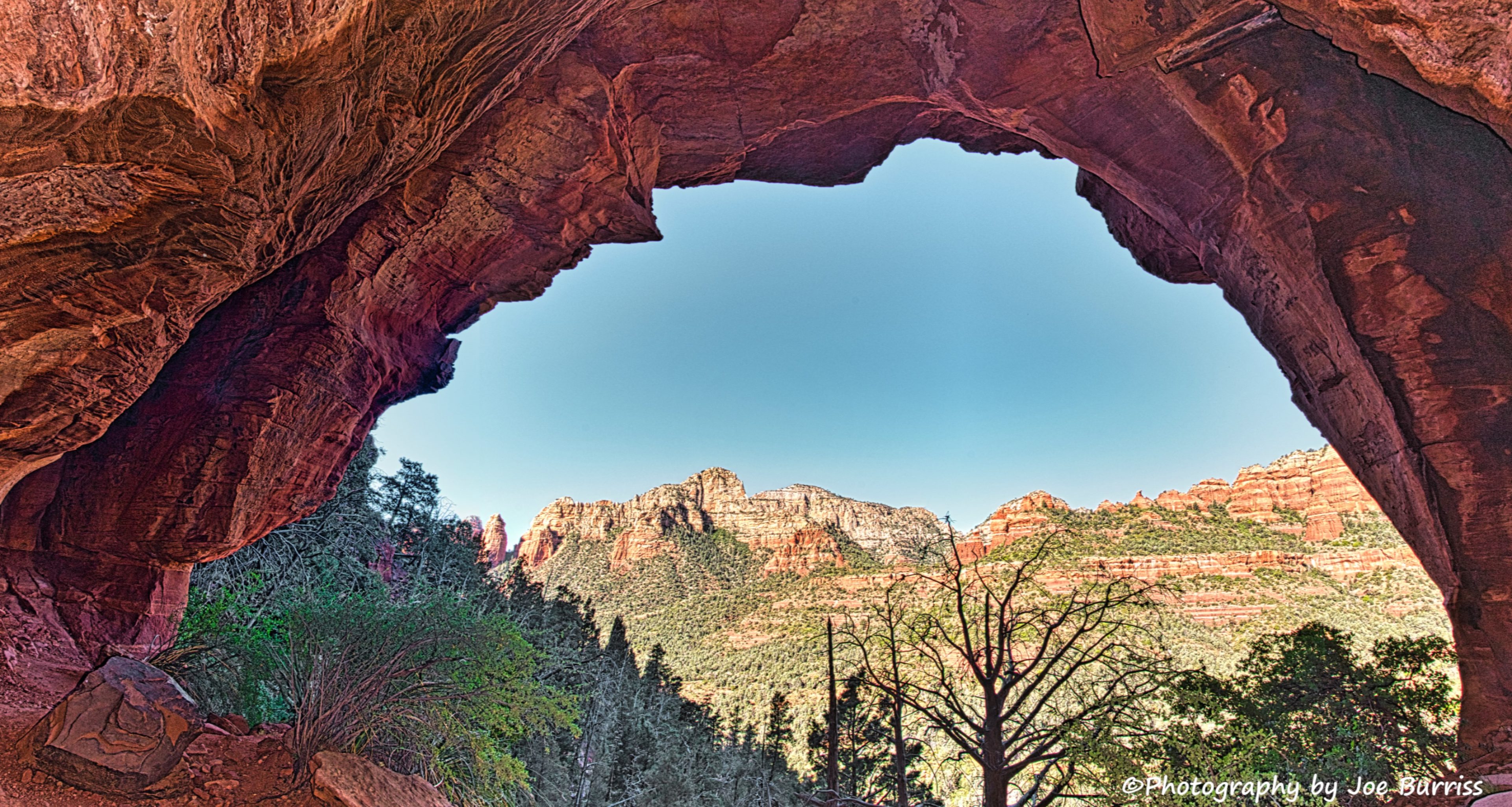
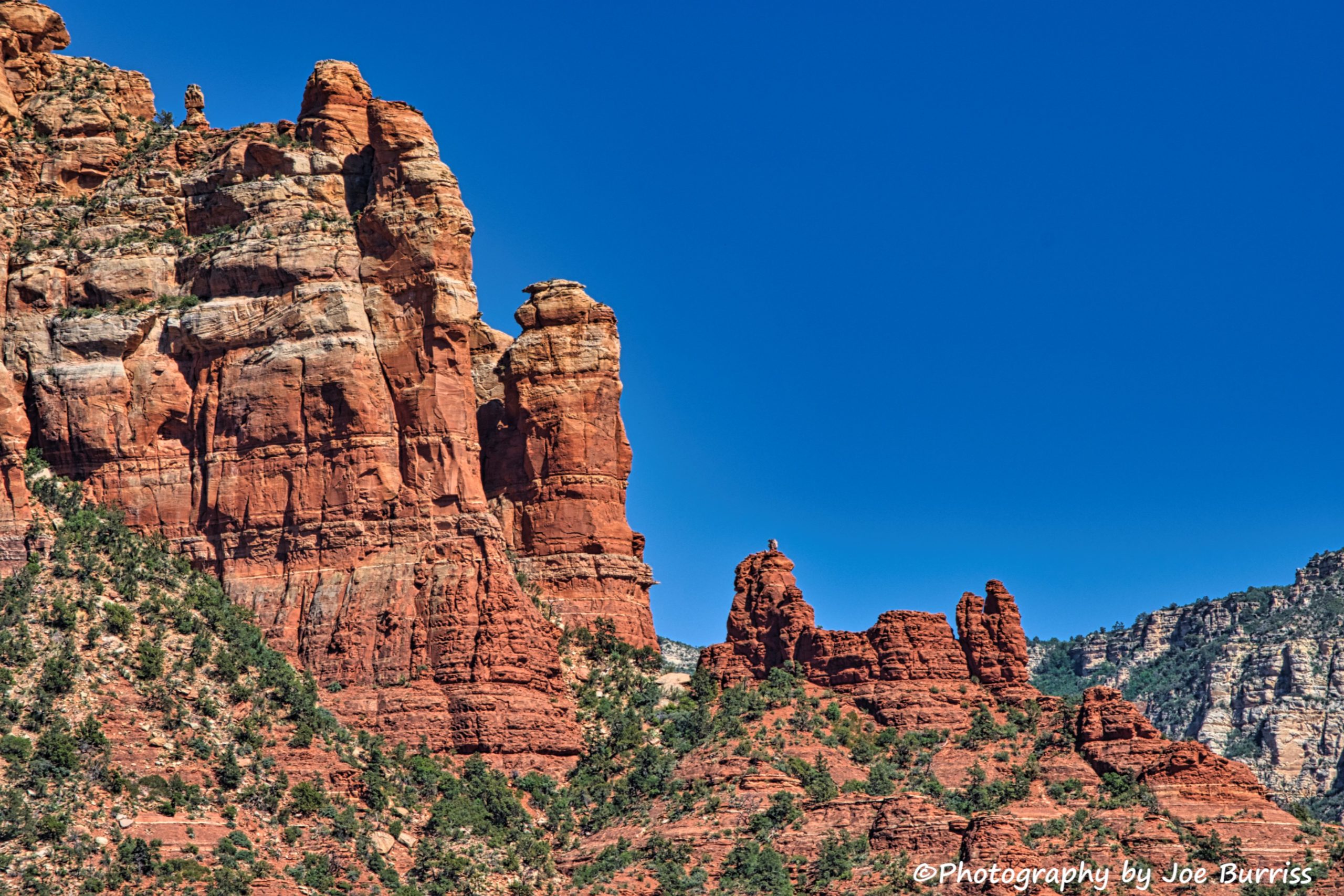

The town of Sedona is definitely a tourist town. There are many options for lodging and food across many different price levels. It is also an artists’ community with many galleries, most of which were closed for most of our visit. In late May they began to re-open.
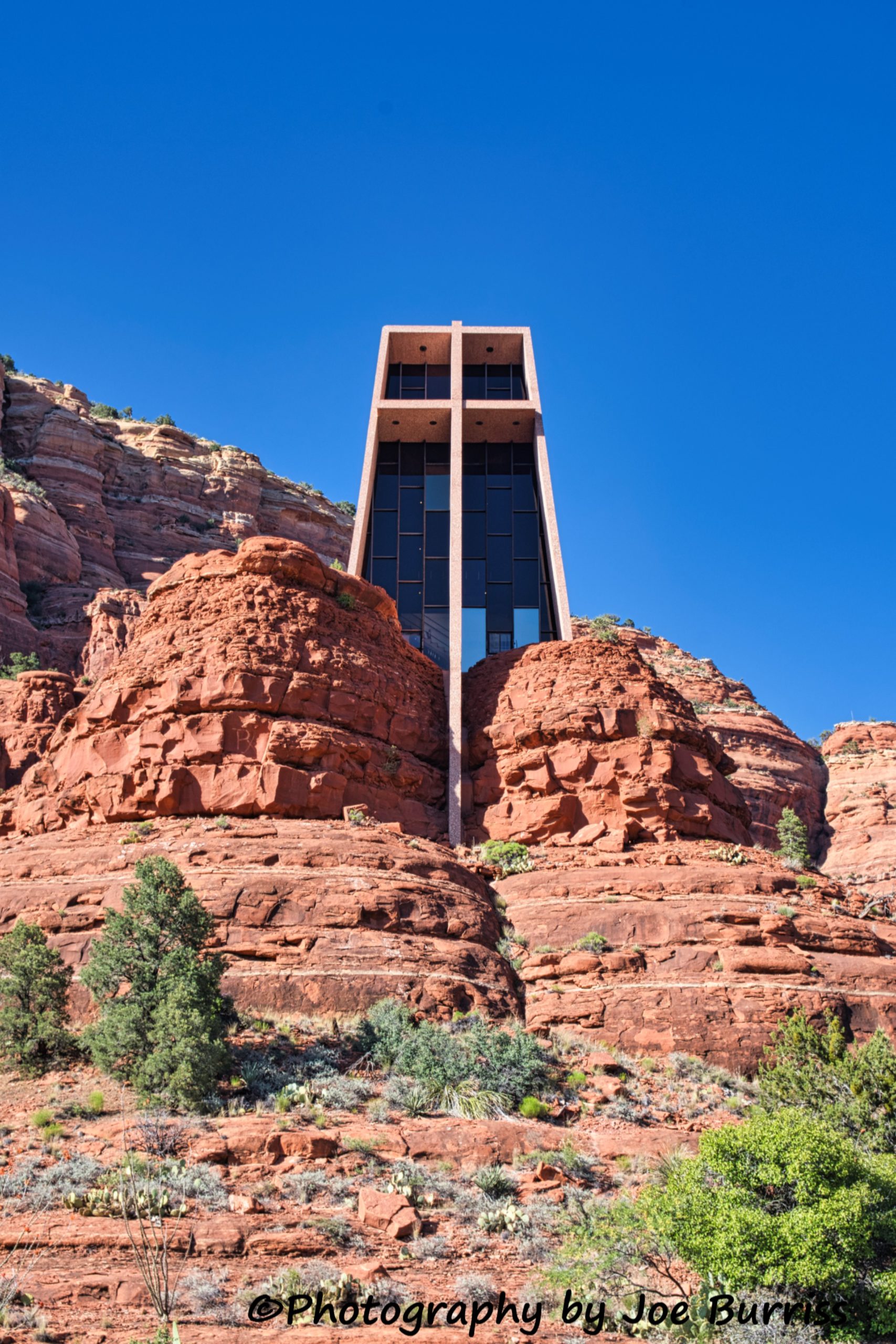
The Chapel of the Holy Cross is a catholic church built into the mountainside of red rocks. It took 18 months to build and was completed in 1956 at a cost of $300,000. It is a beautiful church that blends into the area in a stunning manner. It is well worth visiting. In addition to the church there is also a gift shop (closed when we were there).
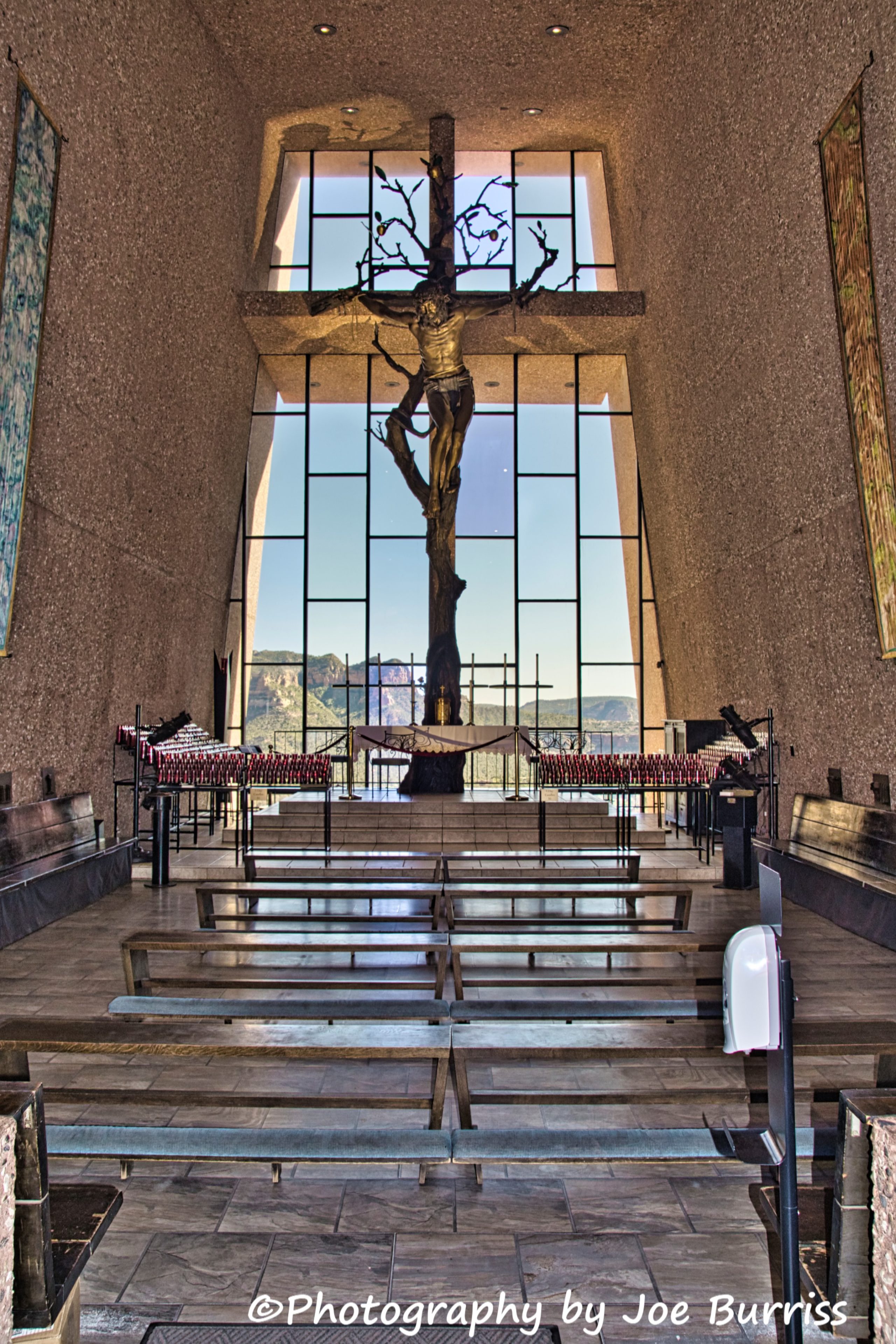

Coffee Pot Rock is located at the end of Coffee Pot Drive. Somebody had fun naming streets in the area: Maxwell House Dr, Coffee Cup Dr, Sanborn Dr, Hills Dr, Lipton Dr, and Grounds Dr.


The best times to visit Sedona are March – May and September – November. The summer gets hot with temperatures regularly going above 100 and in the winter it can get chilly with occasional snow. During the last week of May we had temperatures above 100 for six straight days, which limits what we can do. We enjoyed our stop in Camp Verde and now look forward to southern Utah and another nearly 2000 feet of elevation gain to reduce the heat a little bit.